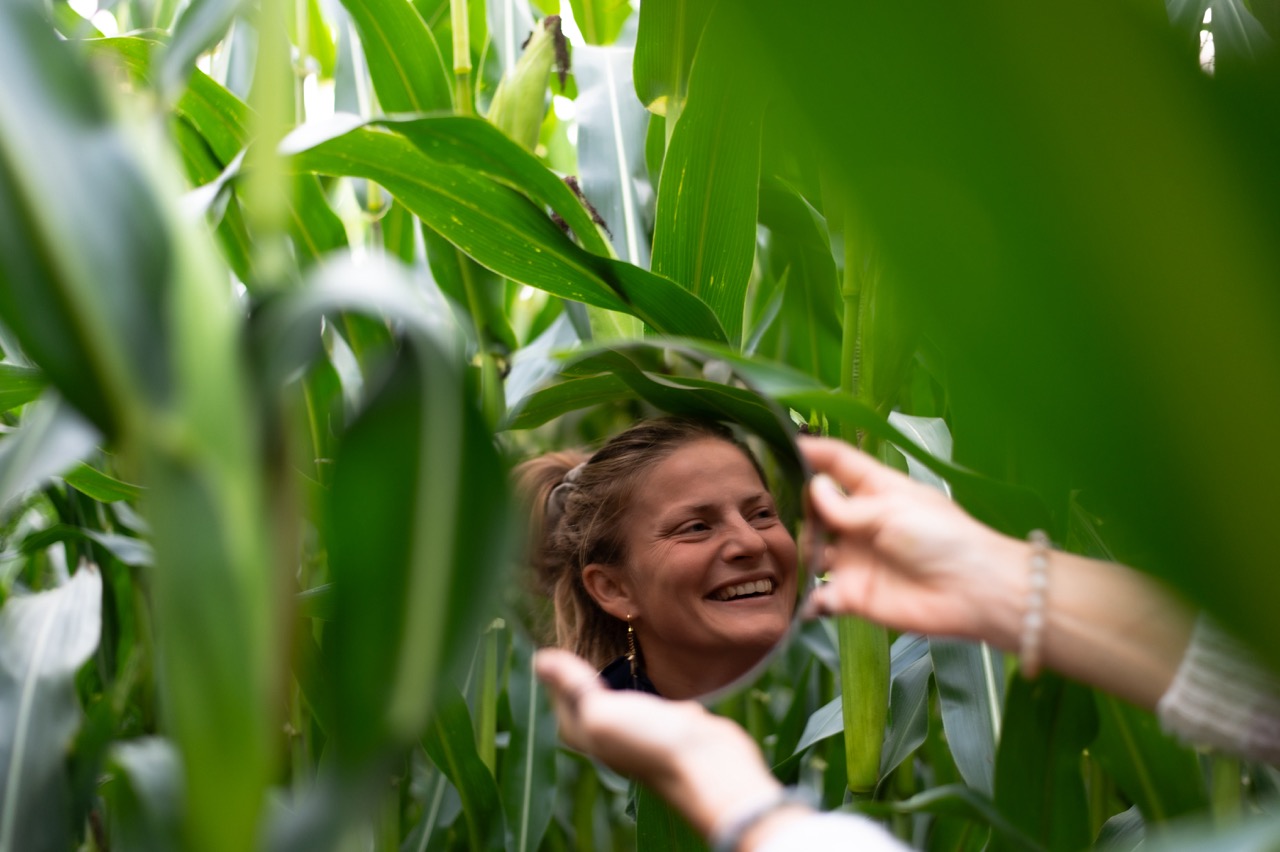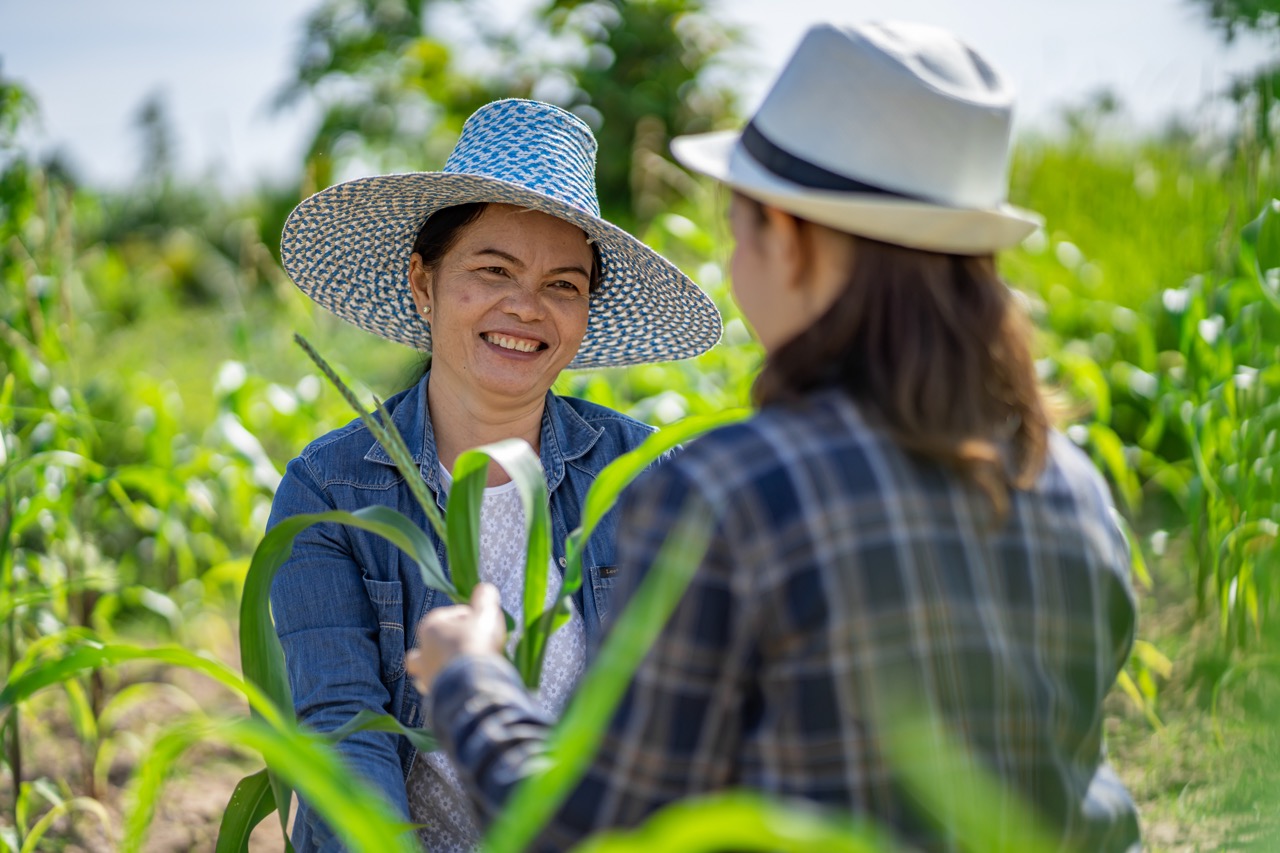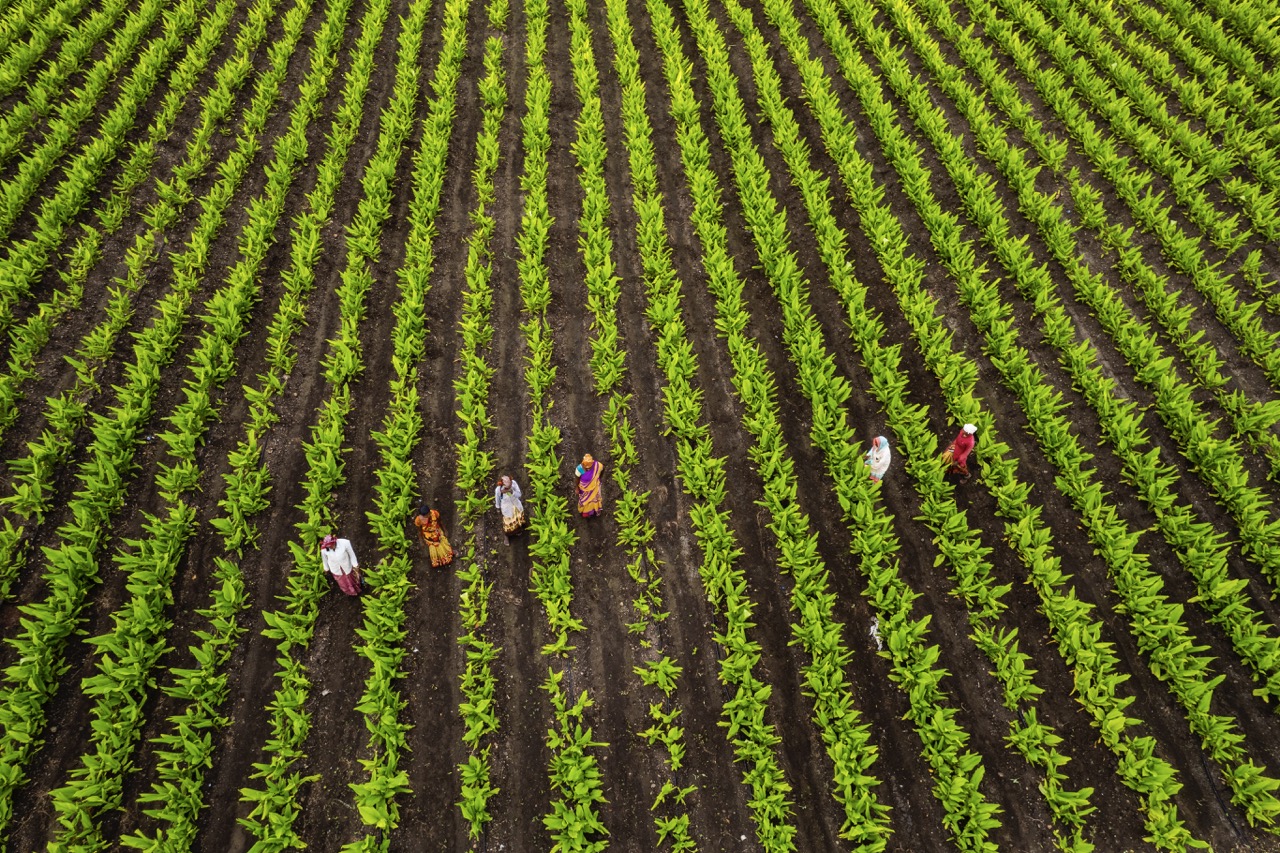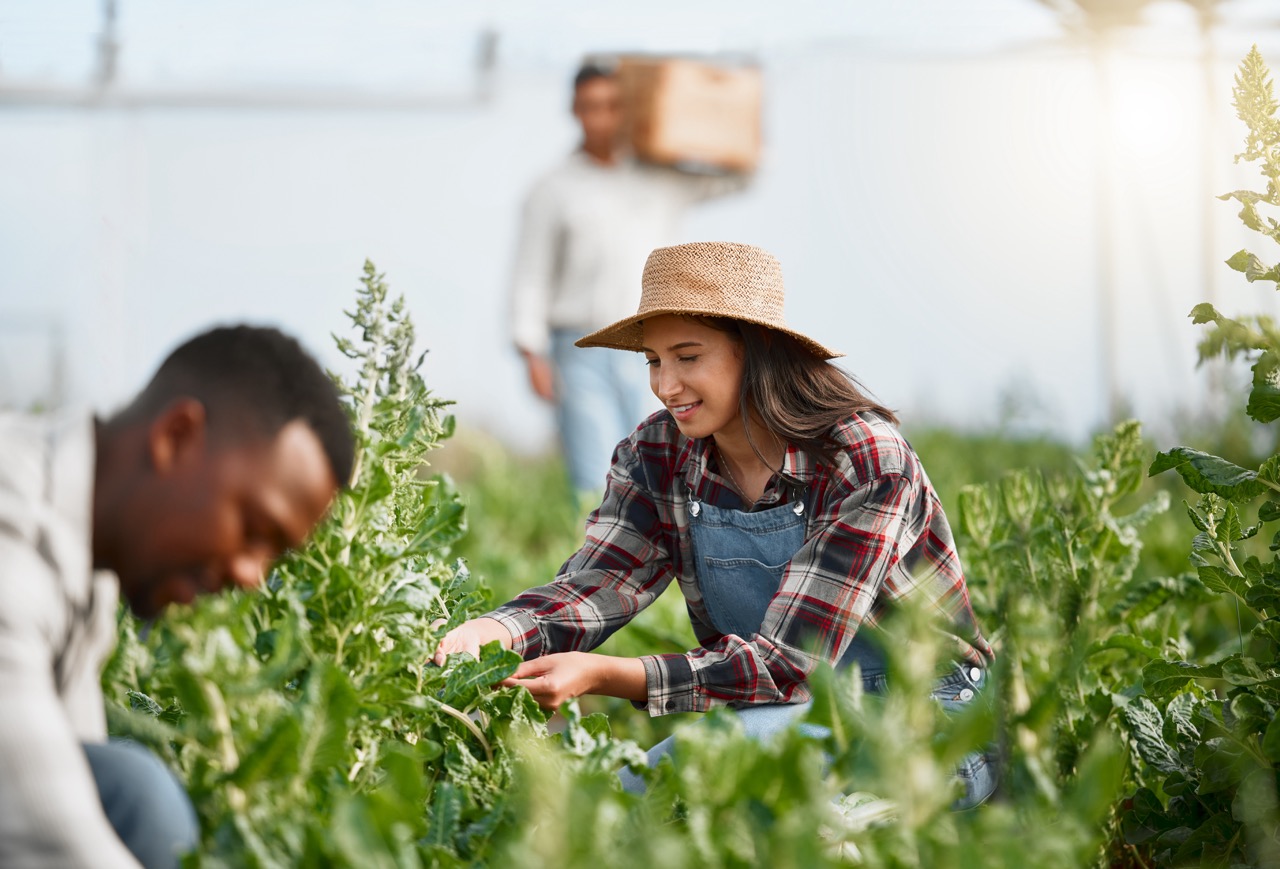In a world increasingly concerned with environmental sustainability and food security, innovative agricultural practices are more important than ever. One such method gaining traction is crop sharing, a model that not only supports farmers but also promotes sustainable practices. By fostering collaboration among farmers and communities, crop sharing can lead to better resource management, reduced waste, and enhanced food diversity. This article explores how crop sharing can encourage sustainable practices in agriculture, highlighting its benefits, innovative applications, and future prospects.
Understanding Crop Sharing: A Sustainable Agricultural Model
Crop sharing is an agricultural practice that involves two or more parties working together to cultivate land, share resources, and distribute the harvest. This system often manifests as a partnership between landowners and farmers, where profits and responsibilities are divided based on pre-agreed terms. By pooling resources and knowledge, participants can enhance productivity, reduce costs, and share the risks associated with farming. This model not only supports local economies but also promotes a sense of community and cooperation.
In the context of sustainable agriculture, crop sharing addresses critical issues such as land degradation, resource depletion, and food insecurity. By encouraging diverse planting and rotation practices, crop sharing reduces the reliance on monoculture, which can lead to soil depletion and increased vulnerability to pests and diseases. Additionally, this collaborative approach allows farmers to experiment with organic methods and sustainable technologies, thus promoting ecological balance and biodiversity.
Moreover, crop sharing can help mitigate the effects of climate change. As extreme weather events become more common, smallholder farmers face increased risks to their livelihoods. By sharing resources and knowledge, farmers can develop resilient strategies to cope with changing conditions, such as drought-resistant crops and water conservation techniques. This adaptability not only enhances food security but also supports the broader goals of sustainable development.
The Benefits of Crop Sharing for Farmers and Communities
The benefits of crop sharing extend beyond the individual farmer to encompass entire communities. For farmers, this model can significantly reduce the pressure associated with agricultural costs. By sharing equipment, labor, and inputs, farmers can lower their overhead expenses and increase their overall profitability. This economic relief allows them to invest in sustainable practices that they might otherwise deem unaffordable, such as organic farming or integrated pest management.
Communities also stand to gain from the implementation of crop sharing. By fostering collaboration, crop sharing cultivates a sense of social responsibility and strengthens community ties. This cooperative spirit often leads to shared knowledge and skills, where experienced farmers can mentor newcomers, ensuring that traditional agricultural practices and sustainable methods are passed down through generations. Furthermore, community-led initiatives can enhance local food systems, making fresh produce more accessible and reducing reliance on imported goods.
Additionally, crop sharing can help address social inequalities in agricultural access. By creating partnerships that include marginalized groups, such as women and young farmers, crop sharing promotes inclusivity and offers a pathway for those who may lack access to land or resources. This equitable approach not only empowers individuals but also enriches the agricultural landscape with diverse perspectives and practices, ultimately leading to more resilient food systems.
Innovative Practices: Crop Sharing’s Role in Sustainability
As the agricultural sector faces unprecedented challenges from climate change and population growth, innovative practices within the crop sharing model are emerging. For instance, the adoption of agroecological principles that emphasize biodiversity and ecosystem health can be seamlessly integrated into crop sharing initiatives. By encouraging farmers to plant a variety of crops together, this approach can improve soil fertility, reduce pest pressure, and enhance overall resilience to environmental stresses.
Technology also plays a significant role in enhancing the efficacy of crop sharing. Digital platforms that connect farmers for resource sharing, knowledge exchange, and market access are becoming increasingly popular. These platforms can facilitate better communication and coordination among farmers, enabling them to share best practices and innovations more effectively. For example, farmers can utilize apps to coordinate planting schedules, share equipment, or even trade surplus produce, leading to minimized waste and maximized productivity.
Moreover, educational workshops and field demonstrations can be organized within crop sharing frameworks to test and promote sustainable practices. Farmers can learn about regenerative practices, such as cover cropping and permaculture designs, in a collaborative setting, leading to widespread adoption. By aligning the goals of economic viability with environmental stewardship, crop sharing can serve as a catalyst for a new wave of sustainable agricultural practices that are both socially responsible and ecologically sound.
Future Prospects: Scaling Crop Sharing for Global Impact
The potential for crop sharing to drive sustainable agricultural practices is vast, and its scalability could yield significant global benefits. As challenges such as food insecurity and climate change continue to escalate, adopting collaborative agricultural models could offer solutions that benefit all stakeholders. Policymakers and agricultural organizations can play a crucial role in facilitating the growth of crop sharing through support programs, training initiatives, and funding opportunities aimed at fostering partnerships among farmers.
Scaling crop sharing globally requires a concerted effort to adapt the model to various cultural and environmental contexts. Different regions may have unique agricultural practices, resource availability, and community structures, necessitating tailored approaches to crop sharing implementation. By fostering local ownership and leadership, global initiatives can encourage the adoption of crop sharing models that resonate with specific communities, thereby enhancing their relevance and effectiveness.
Ultimately, the future of crop sharing signifies a transformative shift in how we approach agriculture. By prioritizing collaboration, sustainability, and community resilience, crop sharing can pave the way for a more equitable and sustainable food system. As the agricultural landscape evolves, embracing such innovative models will be essential to ensuring food security and environmental health for generations to come.
In summary, crop sharing emerges as a promising solution for fostering sustainable practices in agriculture. By understanding its principles, recognizing its benefits, and exploring innovative applications, farmers and communities can harness the potential of this model to promote ecological balance and social equity. As we look toward the future, scaling crop sharing initiatives can lead to a more sustainable and resilient agricultural system, ultimately benefiting both people and the planet.










